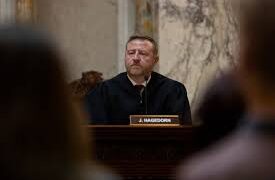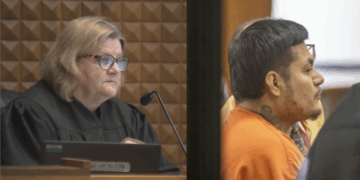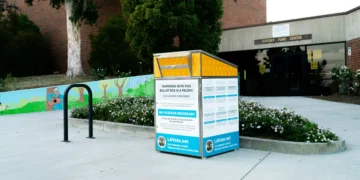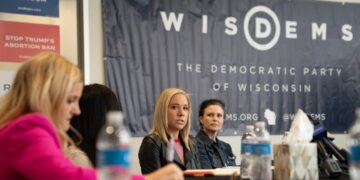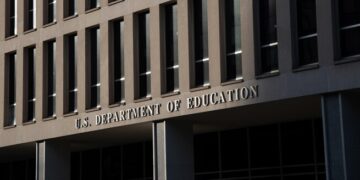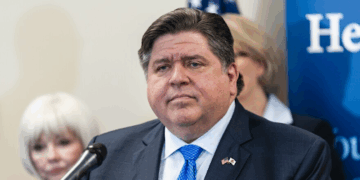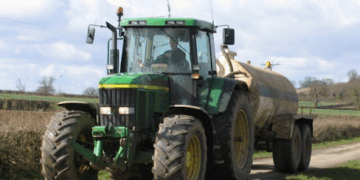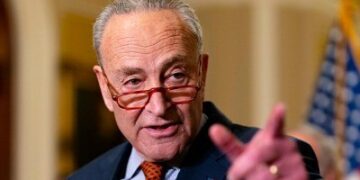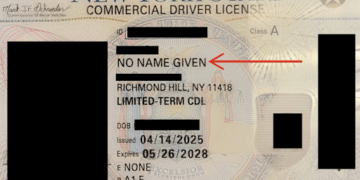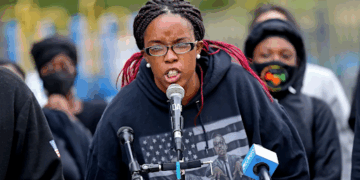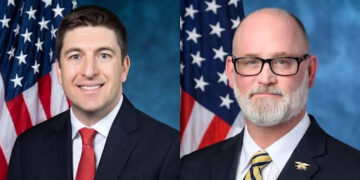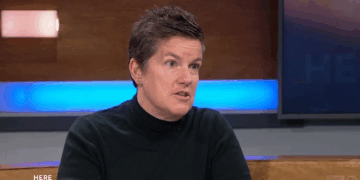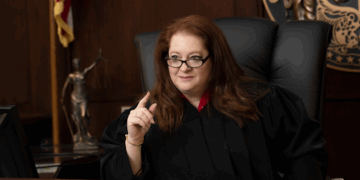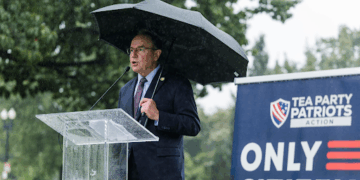Wisconsin’s newly signed 2025–27 state budget delivers record funding increases for K–12 public schools—including the largest investment in special education in state history—but also significantly boosts support for private and charter school students, extending the state’s ongoing expansion of school choice under Gov. Tony Evers.
The bipartisan budget includes nearly $1.4 billion in new spendable revenue for K–12 schools, a fivefold increase in categorical aid over the last biennium.
Special education funding is a standout: reimbursement rates will rise to 42% in year one and 45% in year two, the highest levels in over 30 years.
The special education increase totals roughly $500 million, outpacing the combined growth of the last three state budgets. High-cost special education reimbursements will now cover 90% of qualifying expenses. Even with these gains, the state’s overall school funding commitment will dip from covering 67% of total costs in year one to 64.5% in year two.
Choice Schools See Gains as Funding Gap Narrows
While public school advocates praised the budget’s public investment, the state’s private choice programs also secured significant increases. Payments to private schools participating in the parental choice program will rise across all grade levels.
By the end of the 2025–27 biennium, state payments for students in grades 9–12 will total $13,793—up from $9,045 in 2022–23, a 53% increase.
For K–8 students, funding will rise to $11,299, up 35%. (RELATED: UW System Secures $1.13 Billion in Budget Deal, Then Approves Tuition Hike)
Students in the Special Needs Scholarship Program will receive $16,471, a 26% increase over 2022–23 levels.
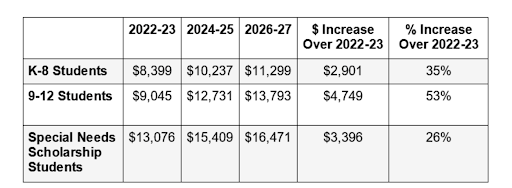
These jumps narrow the long-standing funding gap between choice schools and traditional public schools. At the close of the 2021–23 budget cycle, average choice payments equaled 56% of public school spending. That share is projected to hit 69% by 2027.
In his original budget proposal, Gov. Tony Evers included policies that would have significantly curtailed the growth of Wisconsin’s school choice programs. Most notably, he proposed freezing participation, a move that would have gradually eliminated the program through attrition. (RELATED: After Millions in Political Donations, Does Planned Parenthood Even Need Government Funding?)
Additional provisions included tighter accreditation requirements for schools in the Special Needs Scholarship Program and proposals to highlight voucher funding on property tax bills—measures that school choice advocates argued would dampen enrollment and fuel public skepticism. While these restrictions were not adopted in the final compromise budget, they signaled a clear attempt to slow or reverse the expansion of school choice in Wisconsin.
Public school open enrollment payments are increasing under the new budget to ensure that state funding follows the student to the school district actually providing the instruction. This adjustment helps level the playing field between resident and nonresident districts and supports the growing number of families choosing open enrollment as an option for accessing better educational opportunities.

